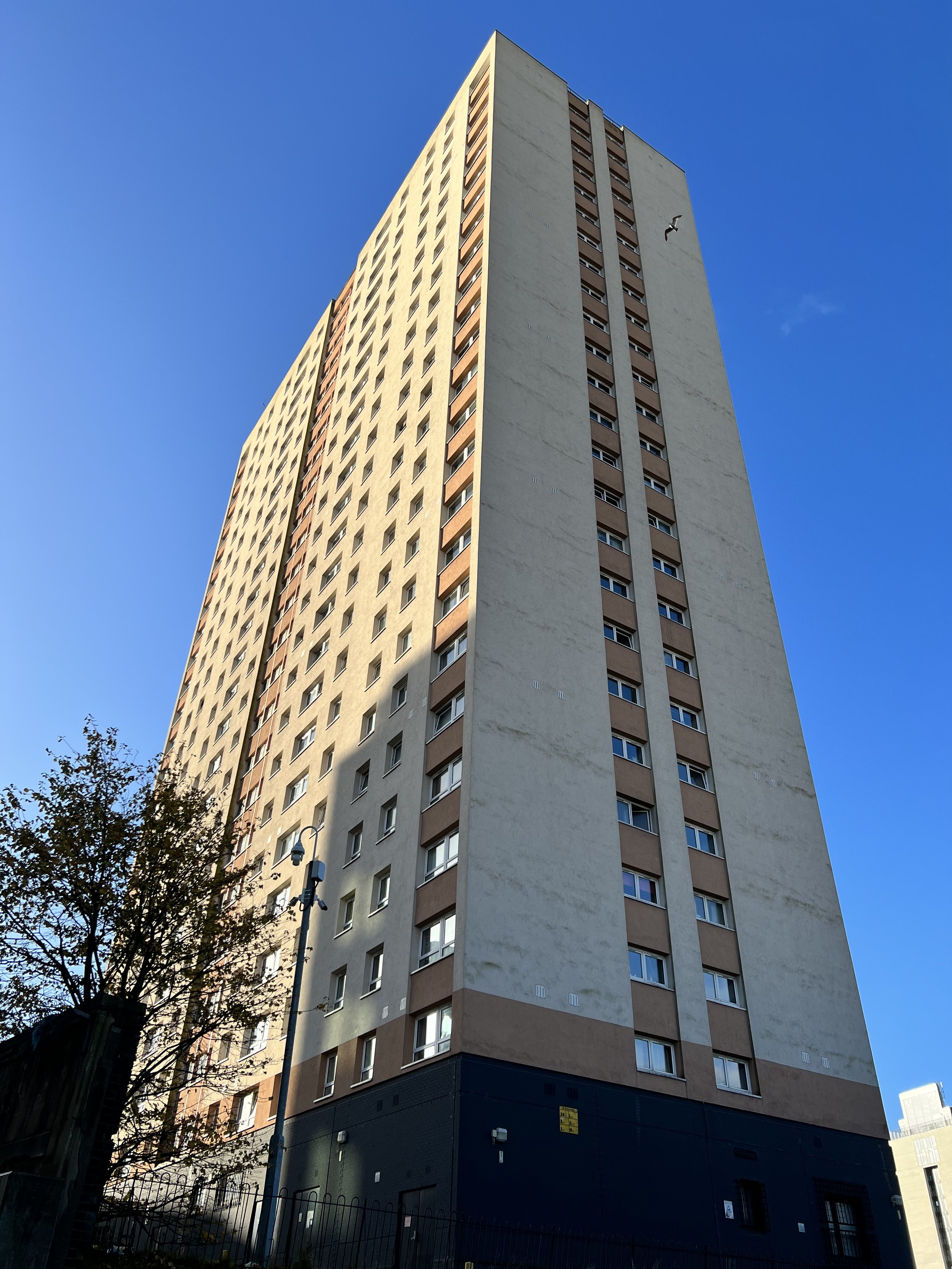High-rise and fall – Glasgow’s tower block history
High rise flats in Glasgow. Picture Source: Josh Burns
Fifty years ago Glasgow was the tallest city in Europe, it was also one of the most hopeful and ambitious. People slept 20 stories in the sky and looked up at their high-rise homes in a sea of windows with wonder. Now, they’re all gone. What happened? To understand why many the high-rise tower blocks have been erased from history and the city’s skyline, we need to understand why they were built at all.
After World War II Glasgow was left with a massive housing crisis, parts of the city had been destroyed by German bombs and thousands of people fled to big cities in search of work. Glasgow with its bustling ship-building industry was a hotspot for this influx of migration. At its peak, Glasgow’s population reached one million inhabitants, almost double what it is today - and that was in the fifties. All these people needed homes and all Glasgow had to offer was overcrowded and dilapidated tenement blocks. They were dirty, had no central heating and most lacked even basic amenities, such as running water and electricity. They were getting even more crowded year by year and something had to be done, fast.
The Glasgow Housing Association looked to other countries for solutions and saw that France had solved its housing crisis by building entire housing estates in the sky: known as the high-rise. And so, beginning in the late 1950s to the early 1960s they began designing and building their own tower blocks.
All of Britain began doing this but nowhere took the new high-rise concept with such excitement as Glasgow did. By the late 1960s Glasgow was known as the high-rise capital of Europe. The biggest estates such as the infamous Red Road flats housed up to 5000 people in an area no bigger than a couple of football fields. They promised to completely eradicate Glasgow’s housing crisis and usher in a new era of modernity and comfortable living - but that is not how the story went.
By the 1980s, the-high rises, only 20 years old, were dying. Socially and physically. Plagued with dampness as they weren’t designed to withstand Scotland’s wet climate, they bred crime as they created shady and dark areas. They destroyed any sense of community as most people were forced out of their old tenements and housed next to people they did not know. The high-rises were anti-social in every way, they damaged people’s physical health and mental health. What was supposed to be a quick fix turned out to be one of the countries biggest mistakes.
Demolitions began as early as the late 1980s and carried on throughout the 1990s. Now only a handful of the original tower blocks still stand, refurbished but aging. These are are an imposing reminder of how big problems require well thought out solutions - not quick fixes.
Today, housing is solved by lower tenement style buildings. Rather than stacking people up in the air, housing designers consider aspects such as crime and community when planning out housing schemes. So perhaps the high-rises were not a complete failure, maybe they were just a necessary step to take in discovering what the best solution for social housing is. Or maybe they were just another poison forced onto the working class. Whatever they were is up to your own opinion, but they will always be an ambitious footnote in Glasgow’s rich history, that came down as quickly as they went up.
